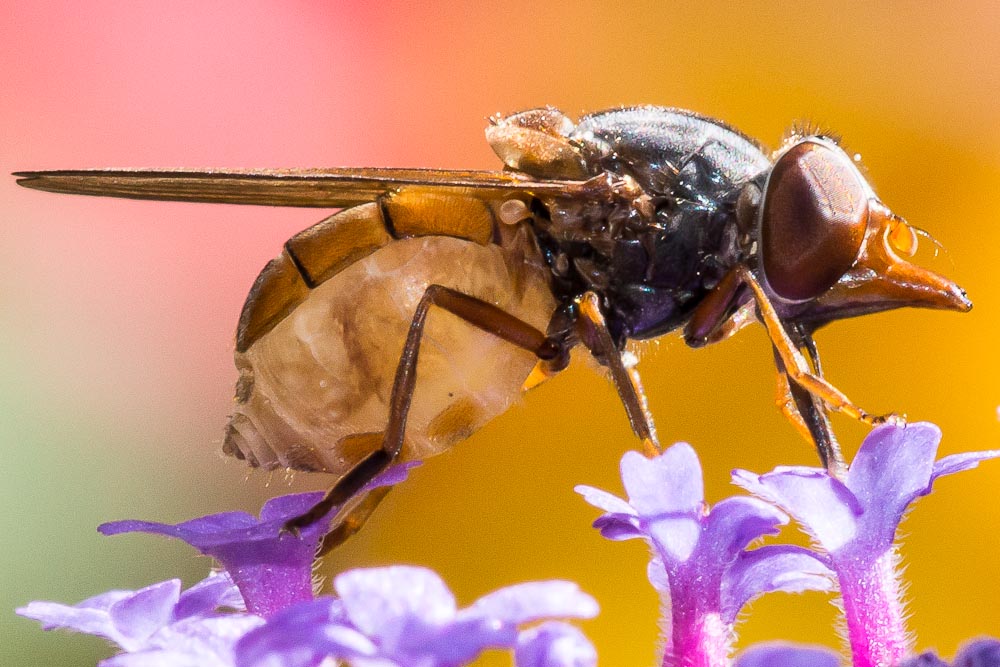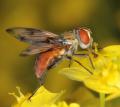Diptera.info :: Family forums :: Syrphidae
Who is here? 1 guest(s)
|
Rhingia campestris oder R. rostrata? => R. rostrata
|
|
| Andre Megroz |
Posted on 25-10-2016 17:17
|
|
Member Location: Switzerland Posts: 526 Joined: 08.08.09 |
Switzerland, St. Gallen (650 m), 18/10/2014. Thank you André Andre Megroz attached the following image:  [122.32Kb] Edited by Andre Megroz on 06-11-2016 21:10 |
| Juergen Peters |
Posted on 25-10-2016 19:35
|
|
Member Location: northwest Germany Posts: 14283 Joined: 11.09.04 |
Hello André, to attract the attention of the Syrphidae specialists you should post this in the Syrphidae subforum. It has no dark borders around the tergites, so I suspect (as a non-expert), that it is not the usual R. campestris. Best regards, Jürgen -=-=-=-=-=-=-=-=-=-=-=-=-=-=-=-= Juergen Peters Borgholzhausen, Germany WWW: http://insektenfo... -=-=-=-=-=-=-=-=-=-=-=-=-=-=-=-= |
| Sundew |
Posted on 26-10-2016 22:27
|
|
Member Location: Berlin and Baden-Württemberg, Germany Posts: 3938 Joined: 28.07.07 |
There are 3 species: R. borealis, R. campestris, R. rostrata. A female R. borealis can be ruled out because the arista bears no long hairs, the snout is not short and strongly curved, and the tibia 3 has no black tip. (The male would look different, having a black thorax and scutellum, but your picture shows a female.) As Juergen pointed out, a typical R. campestris has a dark abdomen edge, because (beside the hind margins) the side margins of the tergites are darkened. Legs, face, and scutellum are duller and darker in colour than in the third species R. rostrata. In the latter species, the abdomen edge is not darkened, the thorax is somewhat more bluish, and face, legs, and scutellum are orange-yellow rather than dull brown. Therefore I would call your fly R. rostrata. The only uncertainty is that the snout seems rather long and straight (like in R. campestris) instead of shorter and a bit curved downwards. However, the non-dark abdomen edge is stressed in all descriptions, so R. rostrata should be OK. Regards, Sundew Edited by Sundew on 26-10-2016 22:31 |
|
|
|
| Andre Megroz |
Posted on 06-11-2016 21:14
|
|
Member Location: Switzerland Posts: 526 Joined: 08.08.09 |
Thank you,Sundew, for your explanations. André |
| Jump to Forum: |













